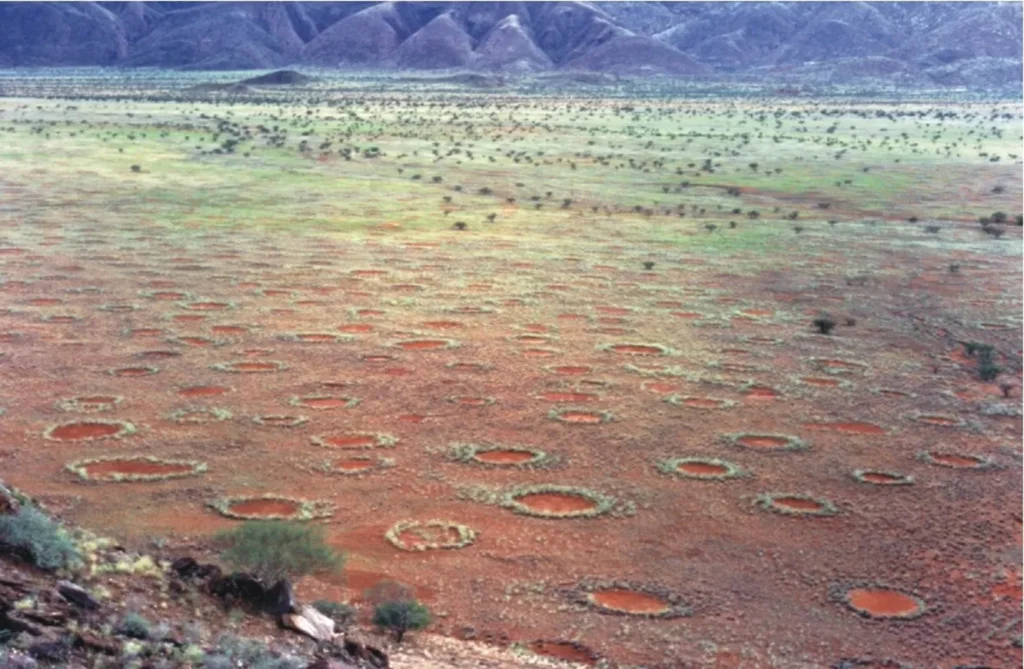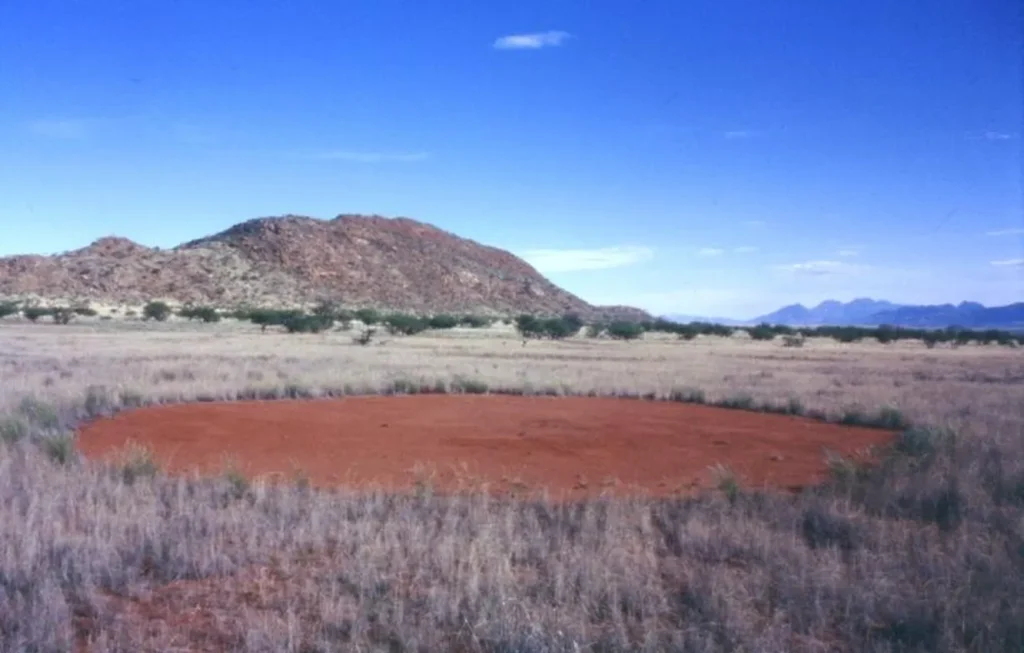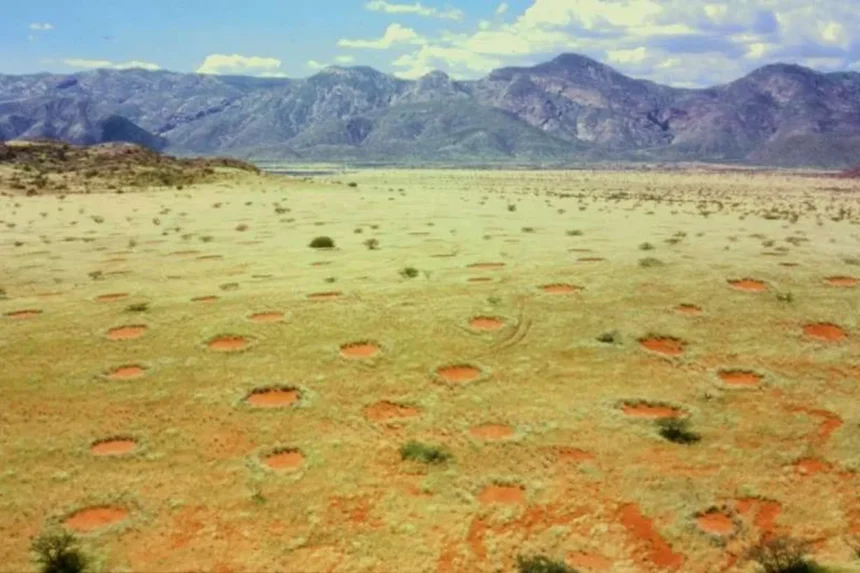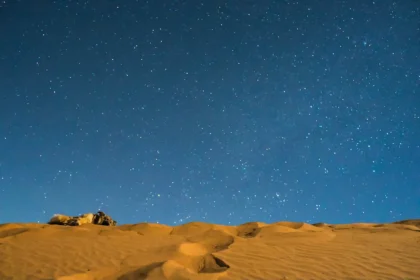“Magic circles” are a fantastic phenomenon found in many desert regions of our planet. For some reason, grass grows in an exact circle around the bare ground, and this shape remains for many years. Using satellite imagery analysis, scientists from the University of Alicante, Spain, have compiled a map of “fairy circles,” but the reasons for their occurrence are still unclear.
One of the most impressive and mysterious natural formations that we can observe in the arid regions of our planet are “fairy circles” (or “fairy circles”). These are mysterious circles of bare Earth surrounded by plants. Why do they arise? Still waiting for an answer.
Over the years, many hypotheses have been proposed to explain the formation of “fairy circles “. However, we still need to find out the prevalence of this phenomenon on Earth or the environmental factors that define it.
Until now, the climatic and environmental factors determining the distribution of fairy circles on a global scale have not been analyzed since they were known only in Namibia and Australia.
“Analyzing their influence on the functioning of ecosystems and identifying the environmental factors that determine their distribution is necessary to understand better the reasons for the formation of these plant patterns,” says Emilio Guirado from the University of Alicante, Spain.
Using artificial intelligence-based models, the scientists classified satellite imagery. They created 263 sites that showed patterns similar to the magic circles described so far in Namibia and Western Australia. Magic circles have been found in the Sahel, Western Sahara, Horn of Africa, Madagascar, Southwest Asia, and Central Australia.
“Our study provides evidence that fairy circles are much more widespread than previously thought, allowing us to study the factors influencing their distribution for the first time globally,” said co-author Manuel Delgado Baquerizo.

The researchers found that a combination of particular soil and climate characteristics, such as low nitrogen content and average rainfall of less than 200 mm/year, is associated with circles.
“The study took into account numerous variables that had not been considered before, such as albedo or the state of aquifers. This is a particularly important factor because massive use of groundwater in arid areas of the world, including deserts, could disturb these formations, causing the fairy circles to disappear,” says Jaime Martinez-Valderrama.
Researchers have found more excellent ecosystem stability and productivity in the presence of circles.

The study creates a global atlas of fairy circles and a database that could be useful in determining whether such plant patterns are resilient to climate change and other disturbances.
But research into this unique phenomenon is just beginning. And its reasons still need to be clarified.








